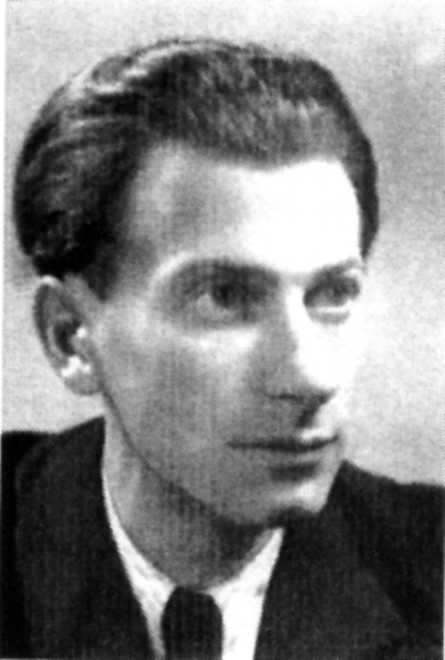|
HIS BEST POEMS were found by chance
in the communal grave of 22 Hungarian prisoners
executed because they were also Jewish. They are
treasured as some of the most flawless modern
additions to their country’s rich poetic heritage.
They have gone a little way towards teaching
tolerance to new generations of Hungarians in the
treatment of their racial, religious and ethnic
minorities.
Born 100 years ago in 1909, Miklós Radnóti was
probably the greatest among the mature writers of
the period to witness and record the Holocaust. He
was murdered in 1944, shortly before the close of
the Second World War, a victim of the National
Socialists’ attempt at the permanent “ethnic
cleansing” of Europe.
Anne Frank, Éva Láng and András Mezei were
children.Primo Levi and Paul Celan were very young
men eventually compelled to turn to literature in
order to comprehend and digest the brutality of
their experience, for which they had been totally
unprepared.
Unlike many others, Radnóti had plenty of
opportunities to escape forced labour and death at
the hands of the Nazis. He was at the height of his
literary powers when he chose to enter the storm,
notebook in hand, deliberately seeking to transform
the horror into poetry, as he put it, “for reminders
to future ages”. His last poems transcend the limits
of race and tribe in a universal appeal to humanity.
Read in chronological order, the poems follow the
author “along the highways, down the soul’s
appalling deep chasms” to his clearly anticipated
death. These intensely autobiographical pieces
describe a writer stripped of all the security and
comfort of civilized existence and caught up in
history’s insane march towards collective
destruction, who yet maintains his stubborn personal
dignity and fierce concern for the future.
Radnóti went on publicly fighting back until the
end. According to the legend that has grown up
around his figure --which I have checked against
reality in interviews with survivors of the same
camps and the eventual “deathmarch” -- the poet
bribed his Hungarian guards to smuggle his work to
the outside world. The notebook containing his final
and most moving poems and found in the end on his
body had been going around from hand to hand, giving
encouragement to fellow prisoners.
A
facsimile edition of the notebook, containing the
work in careful, even handwriting and complete with
printers’ instructions, was published in Hungary in
1971. Popular demand necessitated an immediate
second printing. Copies have become prized
collectors’ items.
He was born in Budapest and educated at Szeged
University. He was prevented from pursuing an
academic career because of his racial origin as well
as his humanism.He was obliged to make a meagre
living by producing what are recognized today as
brilliant translations from classical Greek and
Latin as well as English, French and German poetry.
Some of his own poems were seized and others not
allowed to be published at all, while the rest
attracted little attention. Most of Radónti’s
contemporaries never heard of him at the time.
Radnóti introduced himself in his tragic notebook as
“a Hungarian poet” despite his deprivation of
Hungarian status and identity as well as civil
rights because of his Jewish birth. He was executed
as a Jew, exactly as he had described in his very
last poem the mass shooting of civilian captives,
despite his earlier, deeply felt conversion to
Christianity.
Today, his poetry and legend mean many things to
many people. To me, they are a flame of hope against
racist and religious bigotry. For Radnóti’s dogged
refusal to tolerate hostile discrimination against
any minority has in a way triumphed in the end.
The inane ideology that triggered the Holocaust has
blighted the lives of generations of the descendants
of its authors and their followers with shame and
remorse. They are now the first to cry:
Never Again!
We know
very little of the execution squad comprising
retreating soldiers who murdered the poet at the age
of 35. Radnóti goes on, gathering disciples.
Thomas Ország-Land,
London & Budapest, 2009
|

